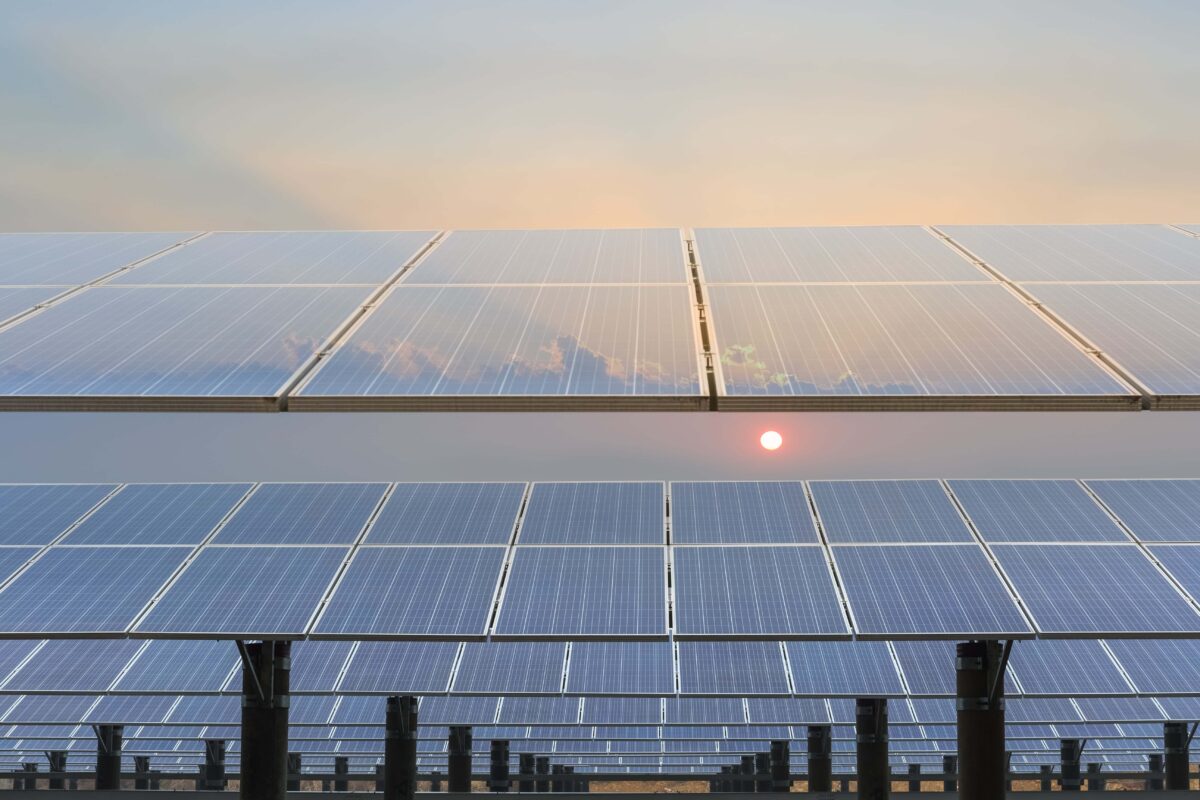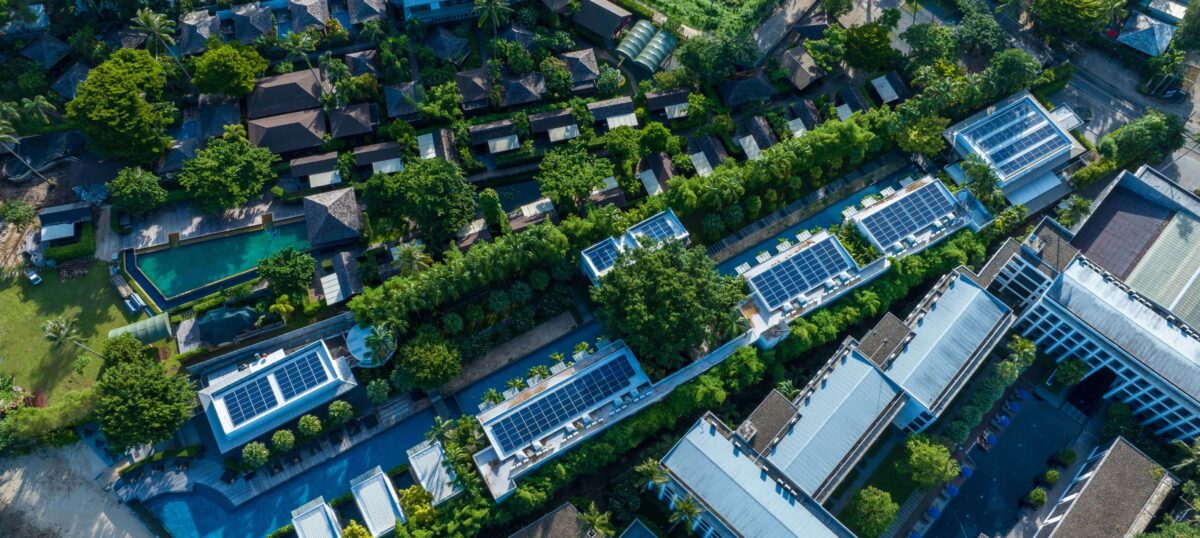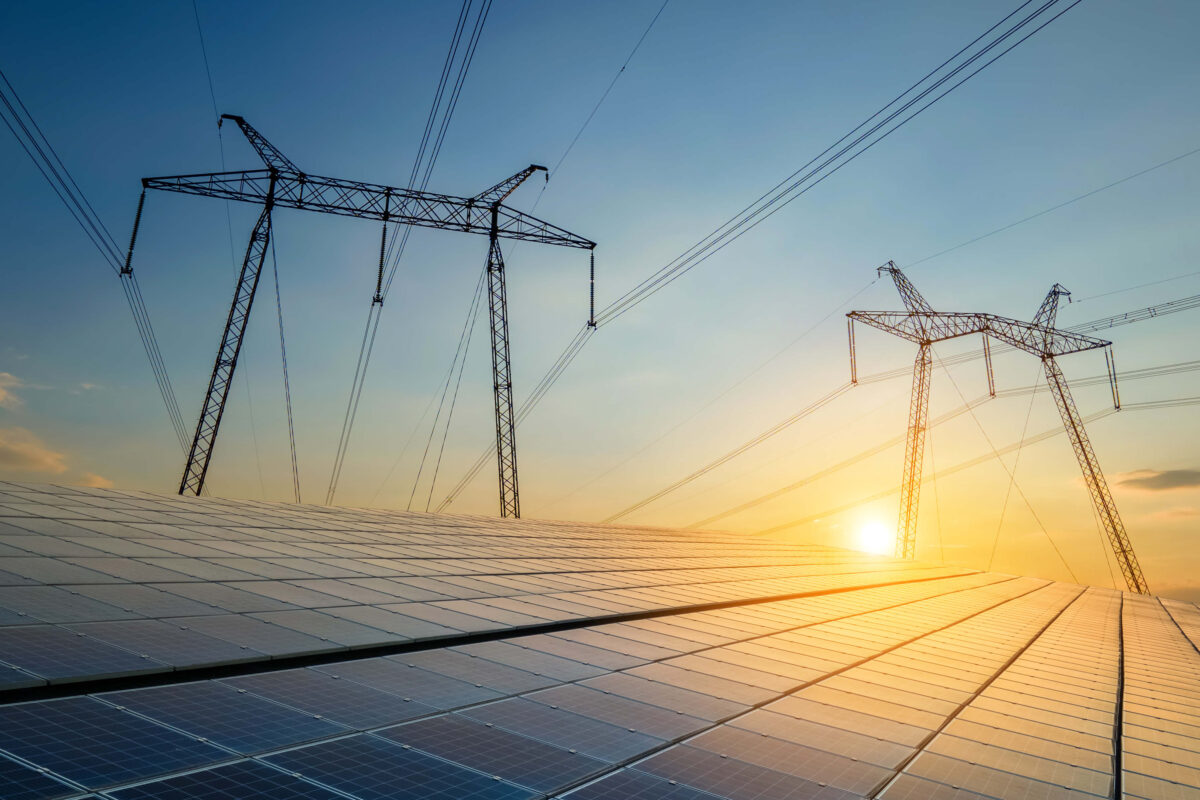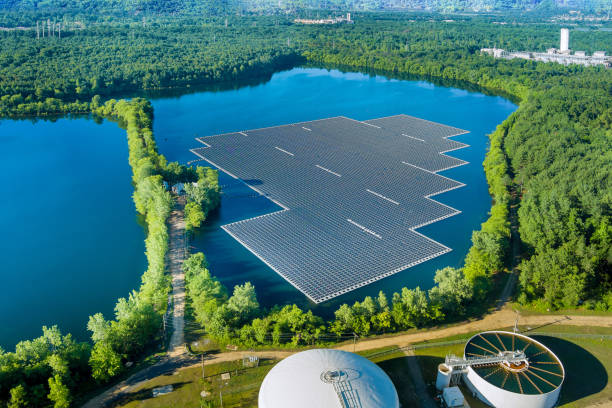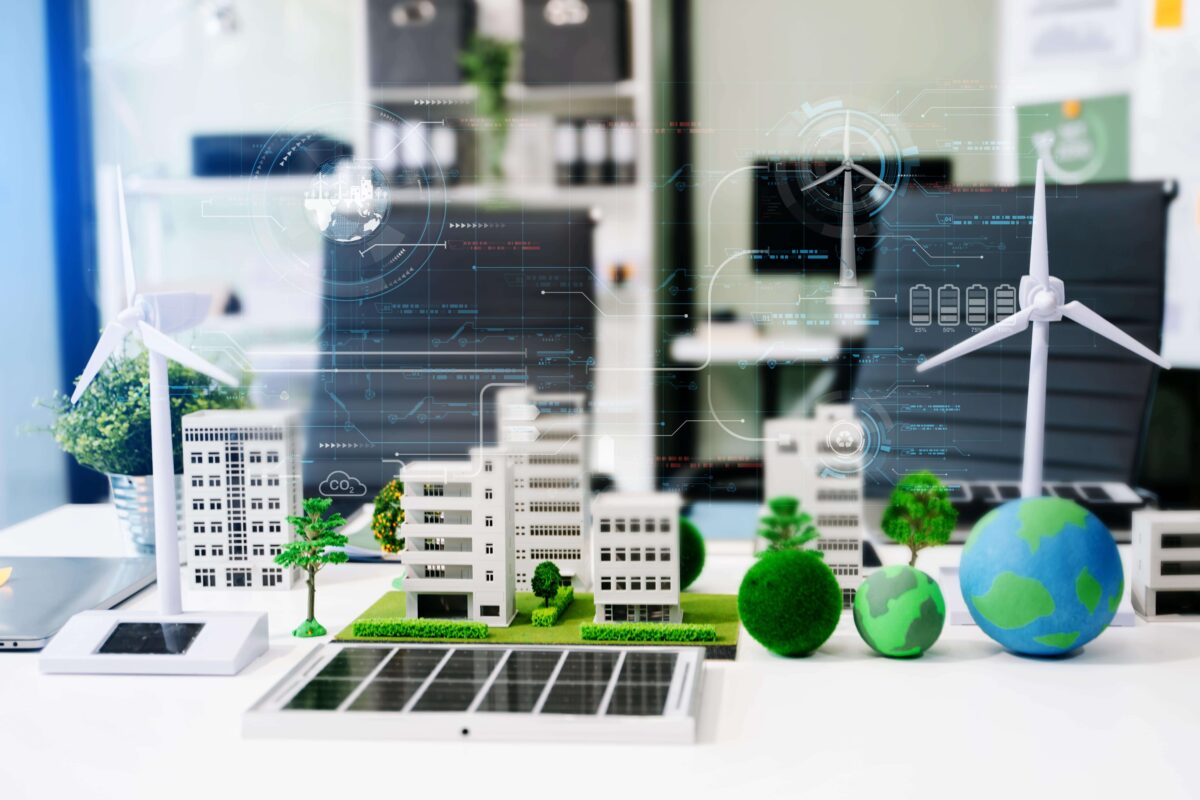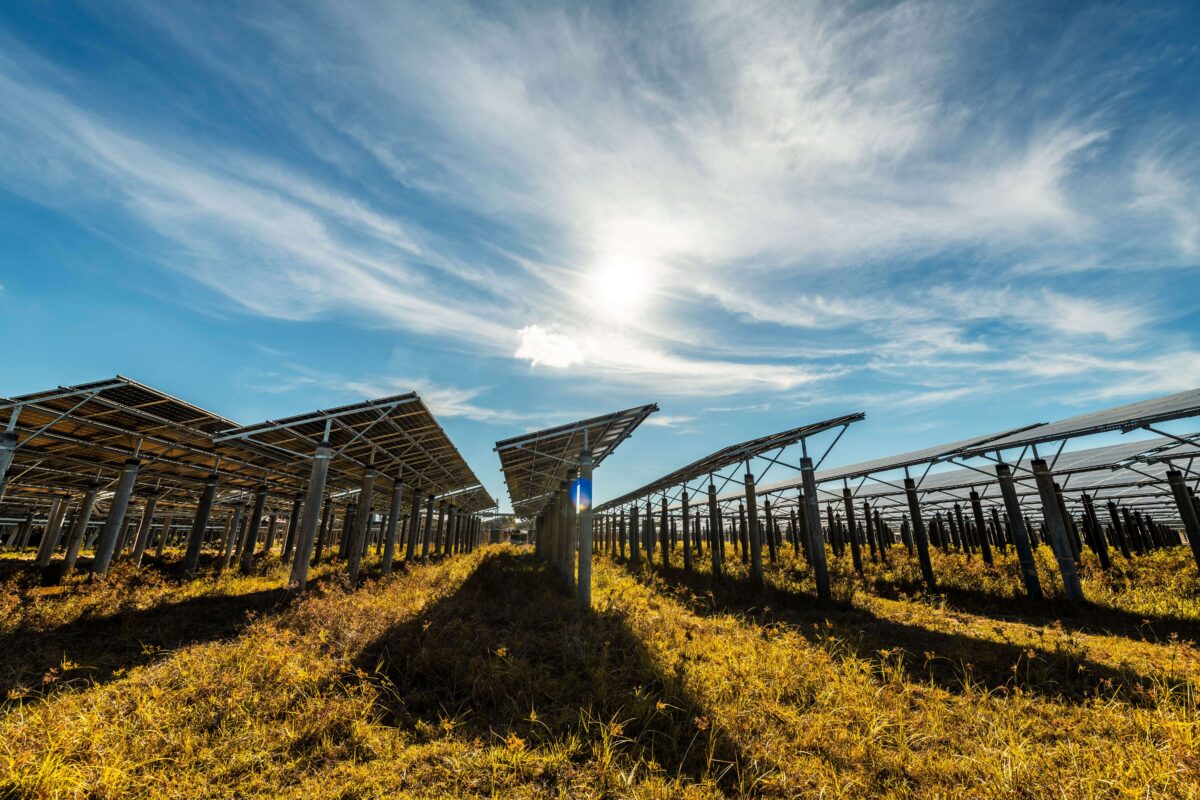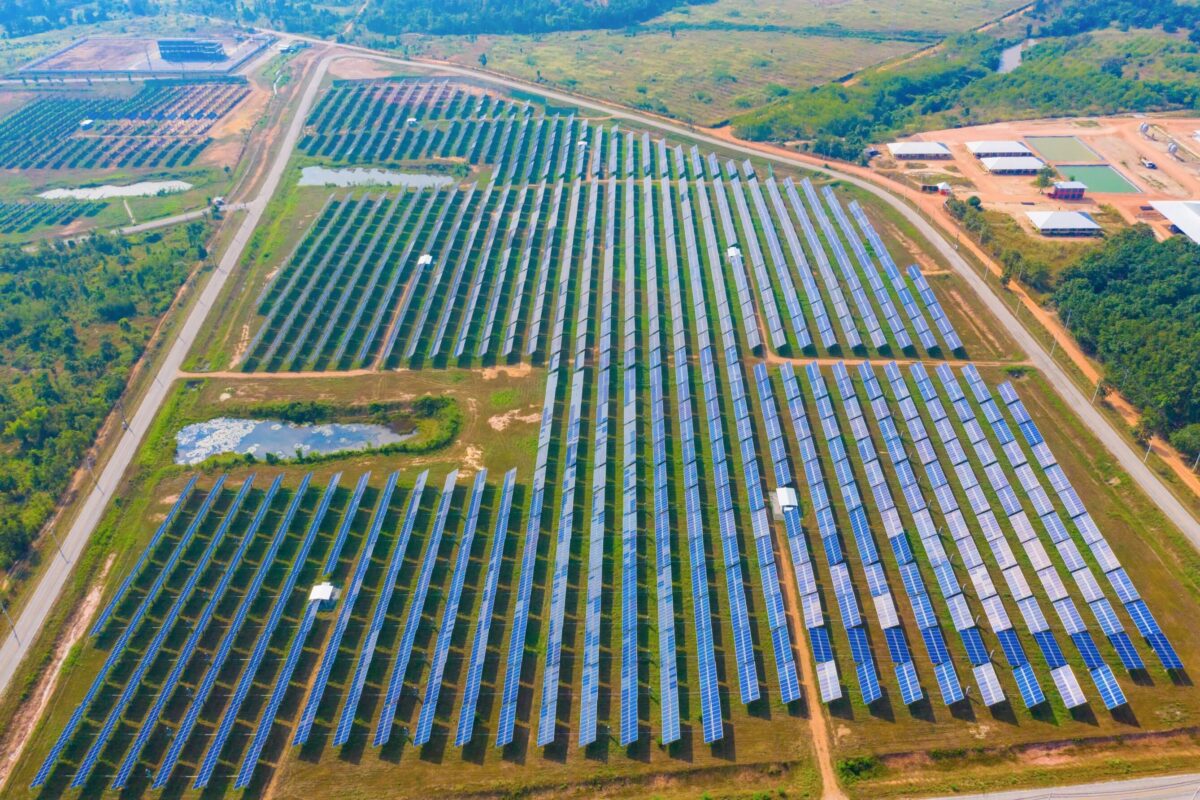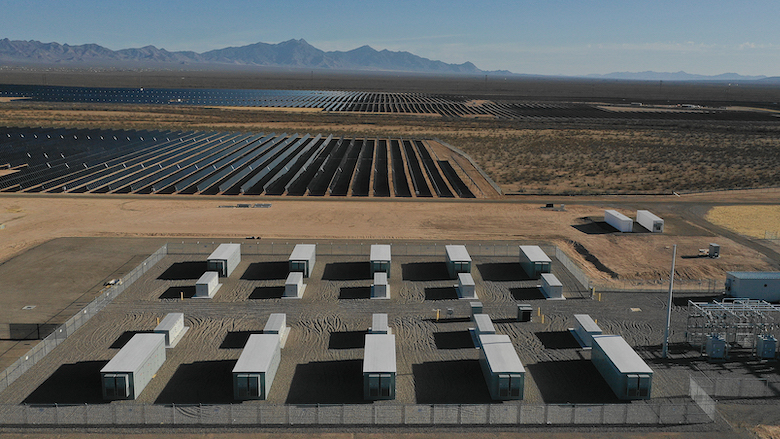Solar energy is increasingly garnering attention as a clean and sustainable energy source. However, the efficiency and reliability of solar energy systems depend on their performance under variable weather conditions. Therefore, the ability of solar energy systems to adapt to changing conditions is one of the most critical research and development areas in the sector.
Solar Tracking Systems: Technical Details and Maximum Efficiency
Solar tracking systems are used to maximize the efficiency of solar panels by tracking sunlight. These systems monitor the sun’s position and angle to determine the optimal positioning of the panels. High precision is required for these systems, which are typically designed using precise sensors. Additionally, solar tracking algorithms use complex mathematical models to predict the sun’s movements. This ensures that the panels are optimally aligned with the sun, resulting in maximum energy production.
Weather Sensors: Reliable Data Collection and Prediction
One of the most significant factors affecting the performance of solar energy systems is weather conditions. Therefore, access to reliable weather data and the ability to make accurate predictions are critically important. Weather sensors provide real-time data by measuring environmental parameters. These sensors are typically used to measure parameters such as temperature, humidity, wind speed, and atmospheric pressure. Moreover, the accurate analysis and interpretation of meteorological data are essential for optimizing the performance of solar energy systems.
Sunlight Sensors: Determining Light Intensity and Direction
Sunlight sensors help determine the optimal position of panels by measuring the position and intensity of the sun. These sensors are usually designed using photodiodes or photosensors. High precision is required to accurately measure light intensity and direction, and these sensors use complex algorithms to determine the precise position of the sun. This ensures that solar energy systems always operate at maximum efficiency.
Battery Storage Systems and Battery Sensors: Energy Storage and Management
Reliable energy storage systems are essential for solar energy systems to adapt to variable conditions. Battery storage systems and battery sensors are used to store energy obtained from the sun and use it when needed. These systems are typically designed using lithium-ion batteries or accumulators. Battery sensors optimize the energy storage capacity in the system by monitoring battery performance. This ensures that solar energy systems can always operate stably.
Artificial Intelligence and Data Analytics: Data Optimization and Automation
Artificial intelligence and data analytics are vital tools for solar energy systems to adapt to variable conditions. These technologies optimize system performance by analyzing large amounts of data. Additionally, they can predict future energy production using data such as weather forecasts and solar movements. This ensures that solar energy systems always operate at their best and produce energy with maximum efficiency.
Numerous technical details must be considered for solar energy systems to adapt to variable conditions. Technologies such as solar tracking systems, weather sensors, sunlight sensors, battery storage systems, and battery sensors enhance the efficiency of solar energy systems, playing a crucial role in meeting future energy needs. Therefore, these continuously developed and improved technologies will shape the future of the solar energy sector.
